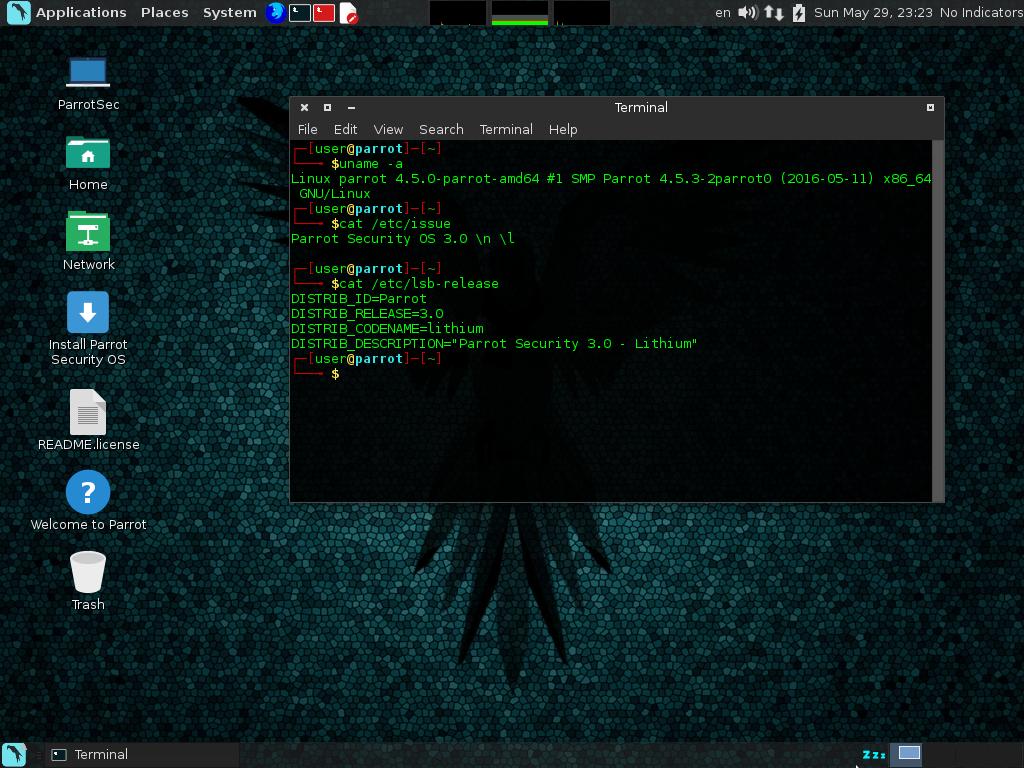
Parrot’s choice to have you select them and even configure some of them during the setup process is insanely useful. However, some just stack a whole lot of tools on top – they don’t explain them, and you’re left to figure it out on your own.


Lots of pen-testing distros exist, and some even have non-live installers. Note: Parrot Security OS does offer a live disk but not as its main download. For starters, since you’re not getting a traditional live-like installation, with everything already there you’ll be more inclined to learn how things work, what you’ll need, etc. Parrot really shines where other security distributions might not. For example, if you’ve selected “Parrot Standard Tools,” you’ll be asked to set up Wireshark, Mac address tools, and so on.
#Parrot os installation software#
Once you’ve finally selected the software you’re looking to install, the installer will ask you to configure said software. It’s convenient if you’re using Parrot for a special reason and only require certain software. When going through the installation itself, you’ll be asked to set up your root password, username, host-name, domain, selecting your desktop environment, and which security tools you wish to install. However, it’s recommended that you don’t use this option, as you won’t really understand the configurations of the things you’re using. It’ll go through and get everything working on its own. That being said, there is an automated installation option. The installation itself is based on similar ncurses interfaces of past Linux distributions. Installing Parrot Security OS is a bit of a to-do and certainly not something someone who is looking to fool around with security and penetration testing should try. Answer: The system requirements for Parrot OS: CPU: 1GHz dual-core CPU. Everything is anonymity-focused with TOR and DNS anonymization. Suffice it to say you won’t find that sort of thing on other security distributions.įeatures include digital forensics tools and cryptographic tools such as “custom” anti-forensic tools, support for various encryption tools, etc. I say that Parrot is standard on the surface because underneath it’s “cloud oriented.” The cloud components of this distribution include a Parrot Cloud Controller, a Parrot VPS service, and even a custom installation script for a Debian VPS.
#Parrot os installation install#
It loads up fast, and as far as the security tools are concerned, they’re mostly what you’d expect when you install something like this. Overall, it’s standard (on the surface, anyway). You’ll be able to choose from a few of the major desktop environments: Gnome, XFCE4, KDE, Cinnamon, Mate and LXDE.


 0 kommentar(er)
0 kommentar(er)
